Human Respiratory System Diagram With Functions
February 14, 2024
Labeled Diagram of Human Respiratory System
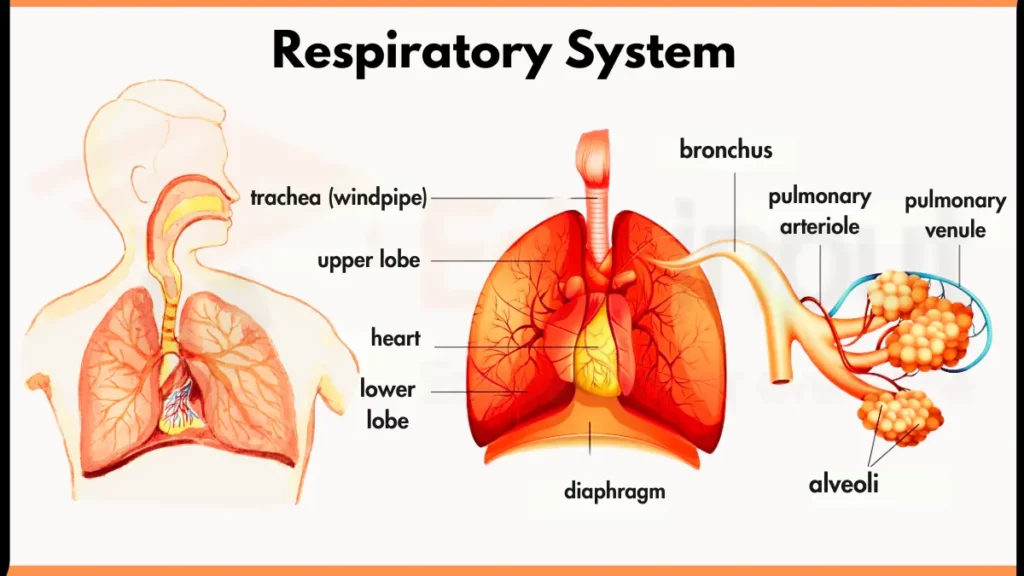
Here are the main parts of Human Respiratory System and their functions:
- Lungs: Two spongy organs that take in oxygen and release carbon dioxide. They are made up of millions of tiny air sacs called alveoli.
- Trachea (windpipe): A tube that carries air from the nose and mouth to the bronchi.
- Bronchi: Two tubes that branch off the trachea and carry air to the lungs.
- Alveoli: Tiny air sacs in the lungs where gas exchange takes place. Oxygen from the air enters the bloodstream, and carbon dioxide from the bloodstream enters the air.
- Diaphragm: A muscle that separates the chest cavity from the abdominal cavity. It helps to inflate and deflate the lungs during breathing.
- Heart: Pumps blood throughout the body, delivering oxygen and nutrients to the cells and removing waste products.
- Pulmonary arteries: Carry blood away from the heart to the lungs, where it picks up oxygen.
- Pulmonary veins: Carry oxygen-rich blood from the lungs back to the heart.
File Under:

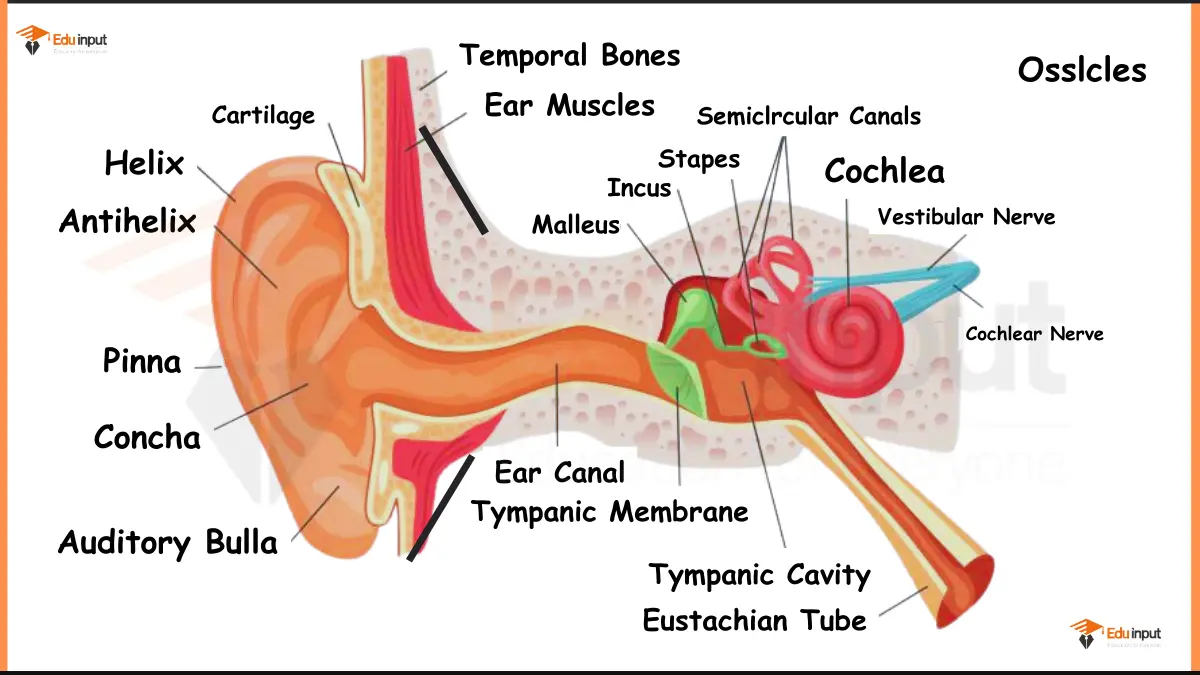
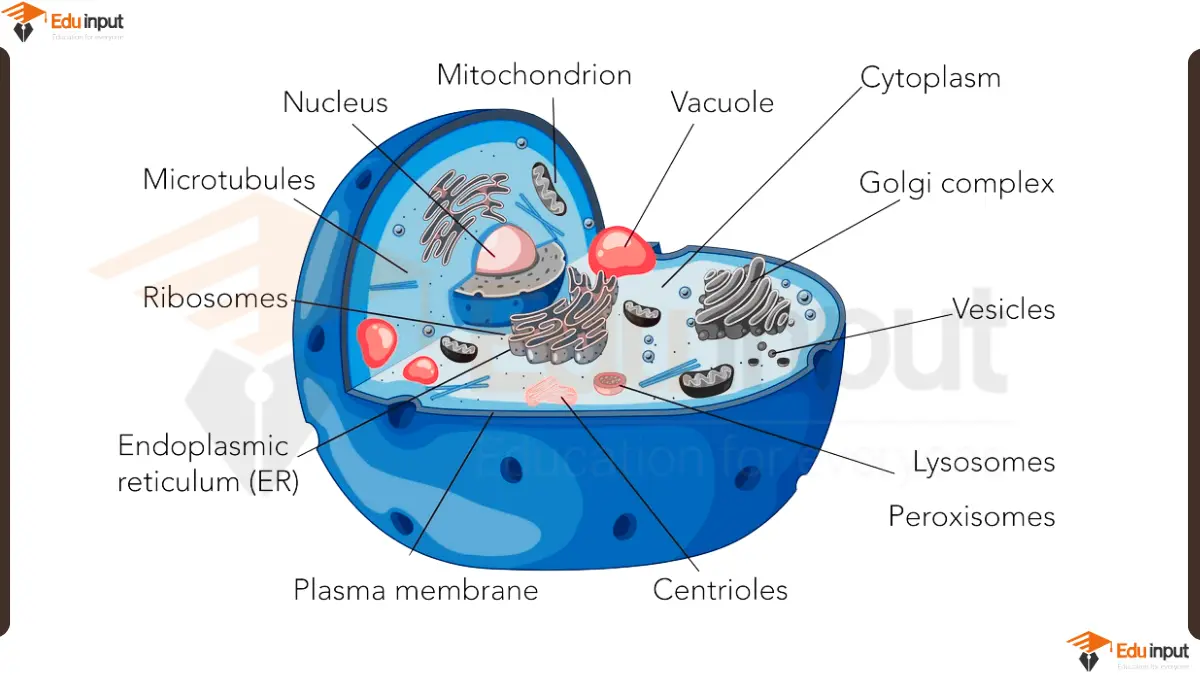
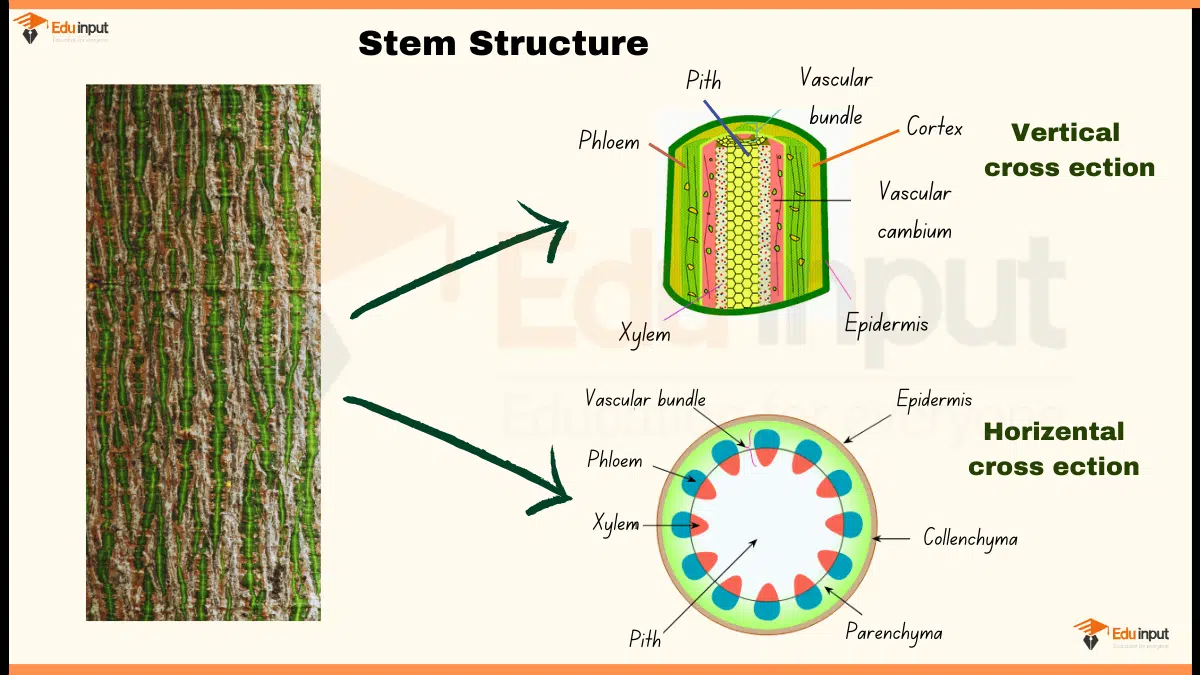
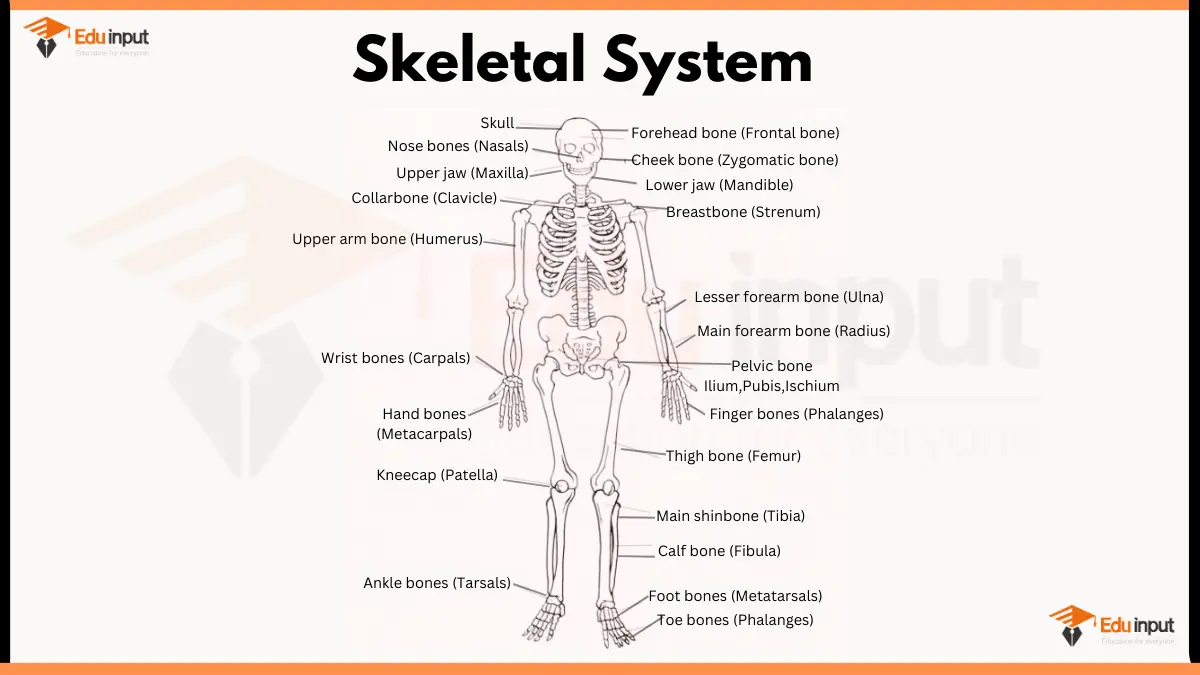


Leave a Reply